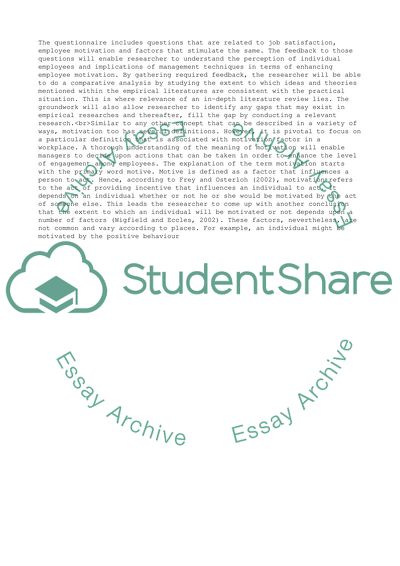Cite this document
(“Effectiveness of motivational activities in tesco expresses in part Literature review”, n.d.)
Effectiveness of motivational activities in tesco expresses in part Literature review. Retrieved from https://studentshare.org/business/1646141-effectiveness-of-motivational-activities-in-tesco-expresses-in-part-time-staff-context
Effectiveness of motivational activities in tesco expresses in part Literature review. Retrieved from https://studentshare.org/business/1646141-effectiveness-of-motivational-activities-in-tesco-expresses-in-part-time-staff-context
(Effectiveness of Motivational Activities in Tesco Expresses in Part Literature Review)
Effectiveness of Motivational Activities in Tesco Expresses in Part Literature Review. https://studentshare.org/business/1646141-effectiveness-of-motivational-activities-in-tesco-expresses-in-part-time-staff-context.
Effectiveness of Motivational Activities in Tesco Expresses in Part Literature Review. https://studentshare.org/business/1646141-effectiveness-of-motivational-activities-in-tesco-expresses-in-part-time-staff-context.
“Effectiveness of Motivational Activities in Tesco Expresses in Part Literature Review”, n.d. https://studentshare.org/business/1646141-effectiveness-of-motivational-activities-in-tesco-expresses-in-part-time-staff-context.


